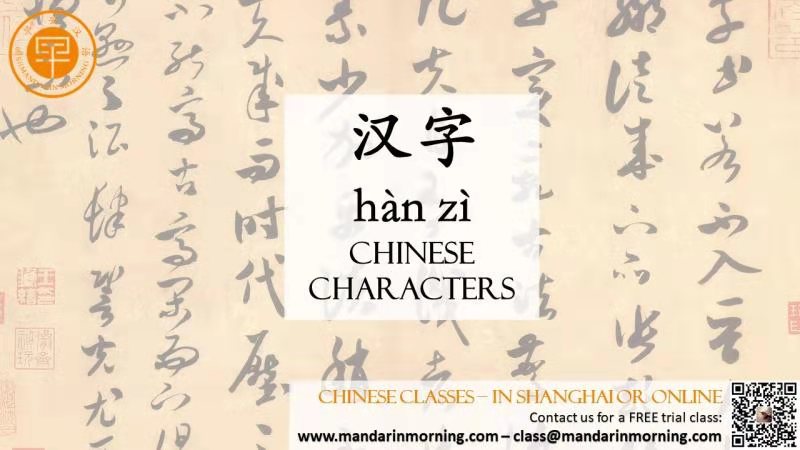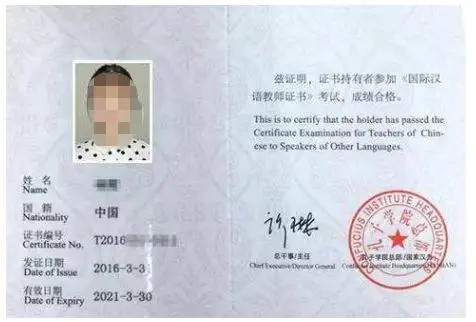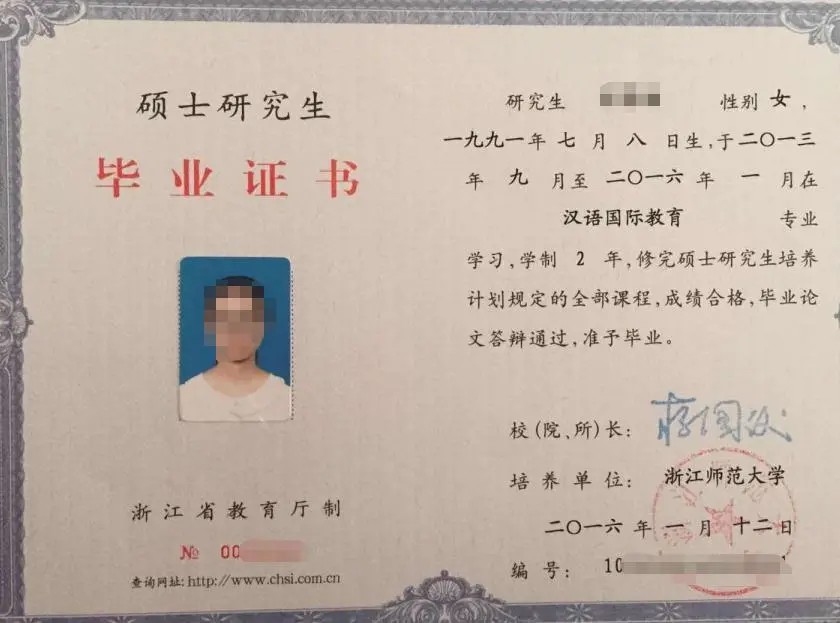| Did you know that there are over 50,000 characters in Chinese? How crazy is that? However, to be able to read a newspaper, you only need to recognize about 2,000-3,000 characters. Compared to the 50,000 that are currently in existence, 3,000 isn’t so bad! Still, 3,000? That’s still quite a lot, considering how incredibly complex each character appears to be. But memorizing them doesn’t have to be all that difficult.  1. Break Down Chinese Characters You may already be aware that characters are made up of radicals and components. Radicals are elements that denote a broad category. For example, any word related to plants or grass has a specific radical, located at the top of a character, composed of one horizontal stroke and two small vertical strokes. Thus, knowing the radicals and the meaning behind them will at least give you an element of a character when trying to memorize it. Let’s look at another example of a group of characters with the radical 口 (kǒu), meaning mouth. When characters contain this radical (normally on the left side), you’ll know that the said characters are related to the mouth somehow, either in terms of an action like eating, or part of speech, like an exclamation. Here are some characters with 口 (kǒu) for your reference: 吃 (chī) – to eat 叫 (jiào) – to call 吗 (ma) – particle used at the end to form a yes/no question Components are the other parts of characters, and there are two types: phonetic components and semantic components. The complete list of components is extensive, and as a result, most people focus on studying just the radicals instead. Although if you’re curious and have the time, the list is worth checking out, as you’ll be able to see phonetic or semantic similarities within the character groups. Additionally, recognizing components is definitely useful for reading new texts and identifying new words. 2. Write, Write, Write! Sadly, there’s no way around it. You have to write with a pencil and paper to feel the flow of a written character, and the more you write, the more natural the process becomes. Most of the time, your Chinese teacher or tutor will create worksheets based on the lesson, but if you’re learning on your own, you’ll have to make the worksheets yourself. Hanzi Grids is a great online resource for that. Even if you have a tutor, you should still use it to customize your own writing practice. After all, you know better than anyone else which characters you have trouble memorizing. 3. Read Parallel Texts Writing isn’t the only way to lock those characters in. Reading goes hand in hand with writing, so if you want to remember words, you have to see them being used in everyday settings. Obviously, recognizing a character is only a small part of memorizing it, but the more often you see it, the better equipped you’ll be for future writing assessments. If you want to explore beyond classroom literature, make sure you look for parallel texts, which are books with hanzi, pinyin and English. Having the English translation is super handy, as it allows you to read the passage without having to reach for a dictionary or your phone’s translation app. 4. Watch Chinese TV Shows, Movies and Videos Who doesn’t love watching movies as part of their study session? While Chinese movies and TV shows are more commonly utilized to improve your receptive skills of reading and listening, reading subtitles is also a passive way to memorize characters you have studied, are currently studying or will study in the future. It won’t have the same effect that writing practice has on character memorization, but at least you’re laying the foundation of what the character looks like. 5. Sign up for Calligraphy Classes Although writing practice is absolutely necessary for character memorizing, it can get really dull and tedious. How can you add a little fun to a rather tiring study method? By signing up for a calligraphy course! By using a paint brush, you get to see the strokes in action, make more sense of the order and gain a new appreciation of character structure. Calligraphy classes are an awesome way to be creative with a repetitive study technique. You may even get to incorporate different colors in your paintings! Chinese characters are so beautiful with all the paint strokes, and your finished products will look amazing as wall hangings in your apartment. # Our teachers # More than 10 years teaching experience Master Degree Certificate for teaching chinese as a foreign language   # About us # Founded in 2007 Chinese test and training center 200+ Chinese teachers 5000+ students  # Contact us# Name:fiona Phone number:021-52287809,13918358891 E-mail:info@mandarinmorning.com www.mandarinmorning.com If you are interested to join Mandarin Morning school or want more details about our services, scan the following QR code. ☟   Mandarin Morning Chinese test center attached to Confucius institute headquarters Authorized Test Center and Training Center for International Chinese Language Teacher Certificater 10 years+ ,200 teachers ,more 10000 students,200+companies  |